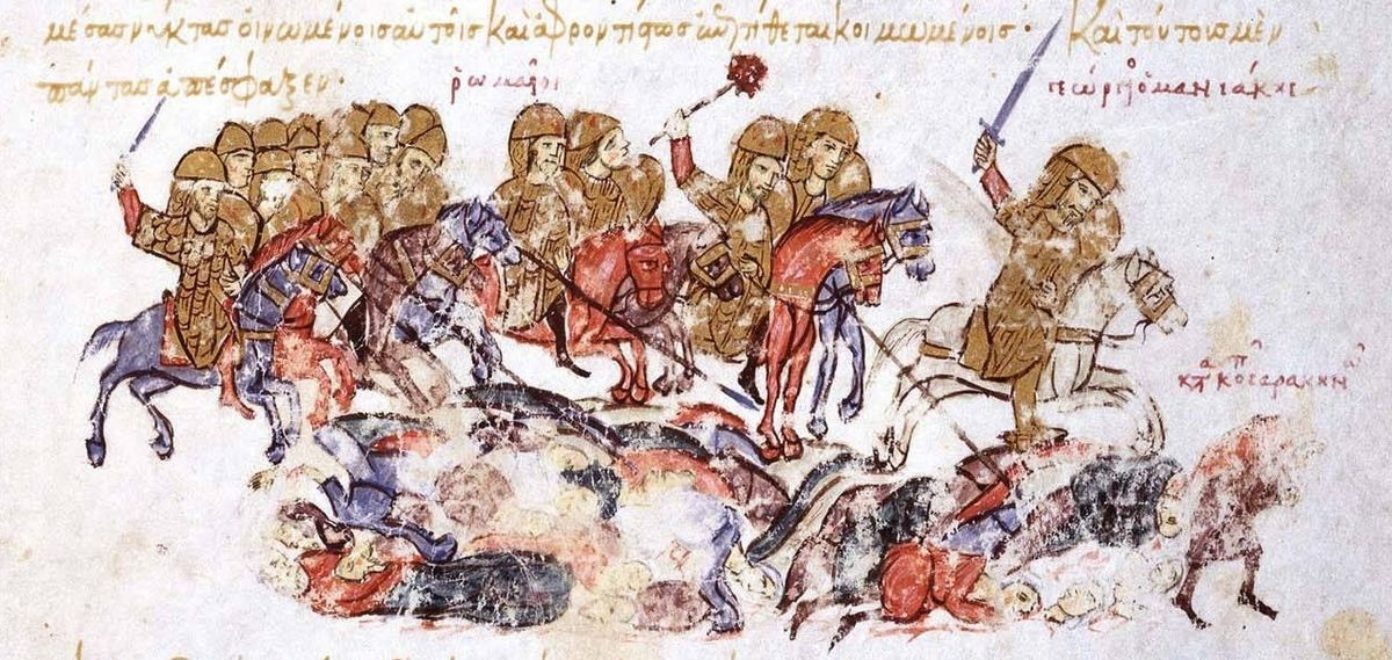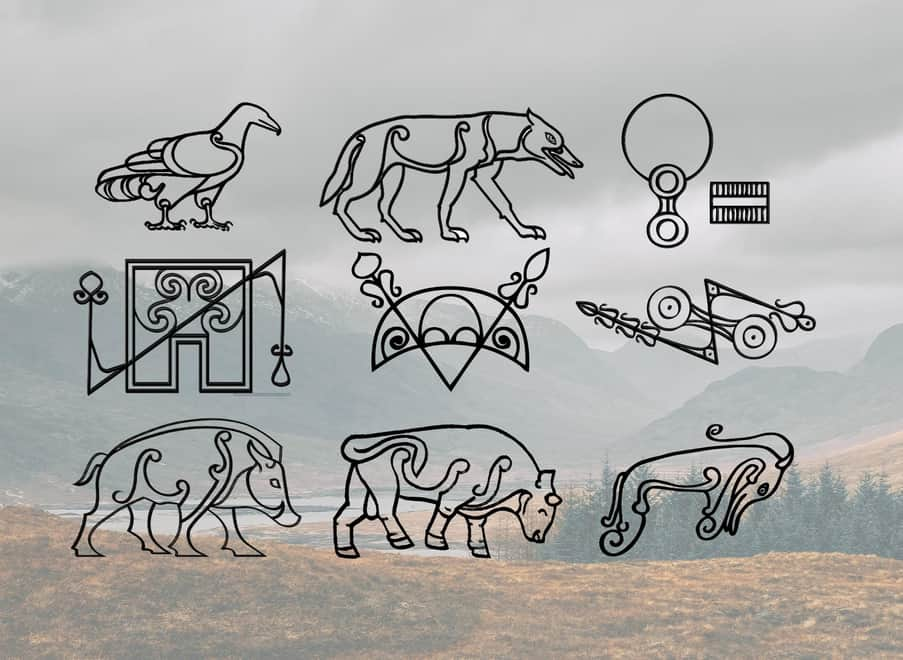
Byzantine general George Maniakes who chalenged emperor Michael IV, leads a cavalry charge against the Arabs. Credit: Public Domain / Wikimedia Commons
After the tremendously successful reign of Basil II, the eleventh century signaled a turn of fortunes in a far more negative direction for the Byzantine (Eastern Roman) Empire, marked by military defeats and decline.
However, George Maniakes, a Byzantine general, stood as an exception in this rather depressing era for the Byzantine Empire. Maniakes stood quite literally as a giant on the battlefield owing to his imposing stature, but he was also a supremely capable tactician and commander.
The historian John Julius Norwich described Maniakes as “the glorious, tempestuous, ill-starred” preeminent Byzantine general of his age.
Read the rest of this article...




